Bagan, the city of thousand temples
While having to choose few travel destinations from the generous number of beautiful places that a traveler could add to his bucket list, I knew since the beginning of our big adventure that Bagan will be one of our stops. I knew it because of a picture that caught my attention, showing the sun rising over a valley filled with old temples, surrounded by perfect morning light. It looked beautiful and it felt mysterious and welcoming.
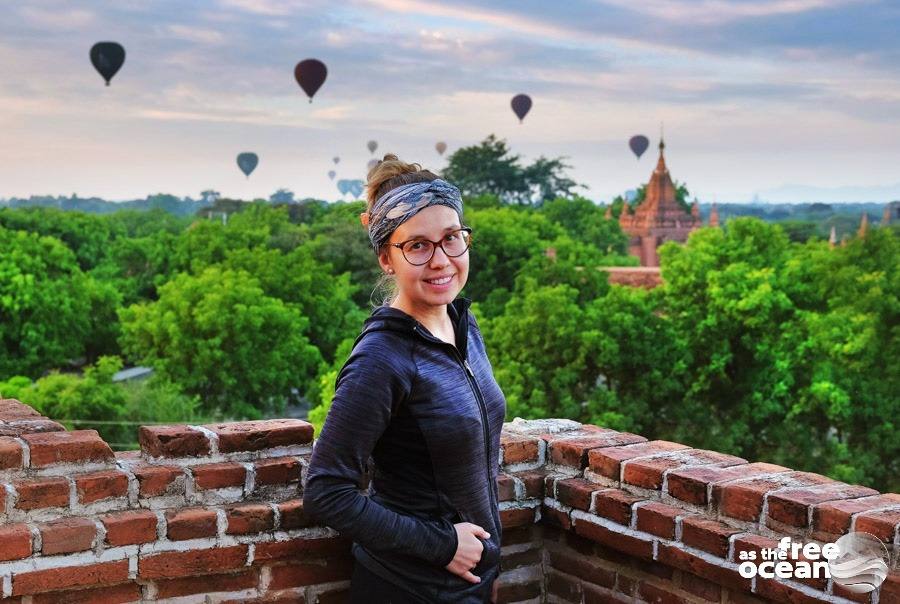
Bagan, the Burmese archeological treasure
Bagan is one of the most notorious archaeological sites in Asia and a symbol of a country whose earlier history was shaped by the permanently increasing interest for the Buddhist religion. Modern times instead are described by sad events: civil war, an aggressive military regime and poverty. But despite these facts, we found many kind people in Myanmar and in Bagan probably the kindest of all the ones we met throughout the country.
Bagan used to be the center of Buddhism culture in Southeast Asia, which led to the construction of over 4000 (10000 according to other sources) temples that populated a large area along the Irrawaddy River, out of which more than 2000 survived till today. It is most probably a stop on every traveler’s route in Myanmar.
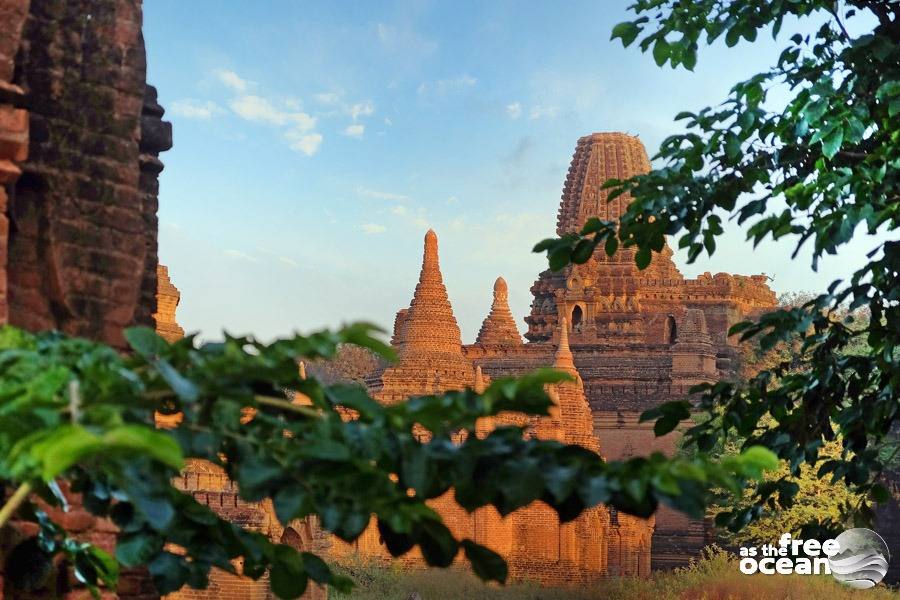
We kept our itinerary in Myanmar short, but planned here a longer stop, in order to have the necessary time to enjoy Bagan to the fullest. While there are different options to travel to the ancient city, we chose to take a bus from Mandalay that brought us to our destination in less than six hours. All buses, as train and airplanes arrive in Nyaung-U, in the northern part of the archaeological area, from where access is only granted upon paying the entrance fee of 25 000 Kyats for a three days ticket.
Where to stay in Bagan?
While many people prefer to stay in Nyaung-U, we decided to go to New Bagan, a small village where we hoped to find less noise and we happily did. When traveling from Nyaung-U to New Bagan, be aware of taxi drivers that will try to rip you off and note that prices are indicated on a board at the office entrance of the bus station.
We found New Bagan to be more quiet and pleasant. While it is not very close to the more interesting part of the archaeological area, the prices for the accommodation are definitely a convincing argument for travelers on a budget. Most parts of the village were constructed between small temples, making it feel nice to wake up in the morning and already be surrounded by so much spiritual history.
Moving around in Bagan
Due to conservation efforts, traffic is limited to the use of electric vehicles that are largely available for rent. For the same purpose, also access to most temples is prohibited due to the damage done by mass tourism in the previous years.
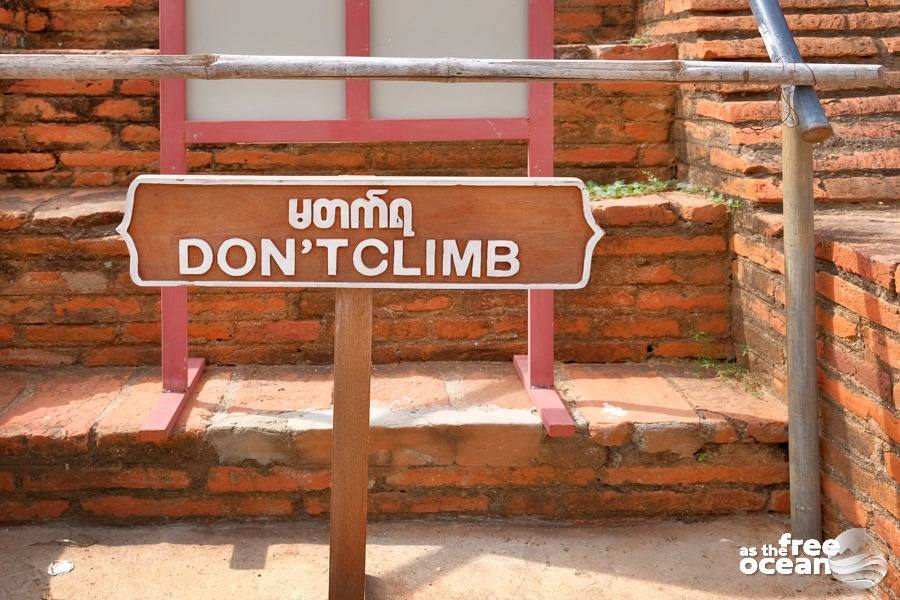
But there are a few locations that are well marked on mobile apps, from where travelers can admire the valley. These are small hills that attract fewer crowds. We tried to go to all of them in one single morning and met with less than 10 people at all the viewpoints together. Where do the crowds go than? you might ask. Apparently, the highest interest is still for climbing temples and, if you don’t mind the crowds, you can join them at a few specific locations.
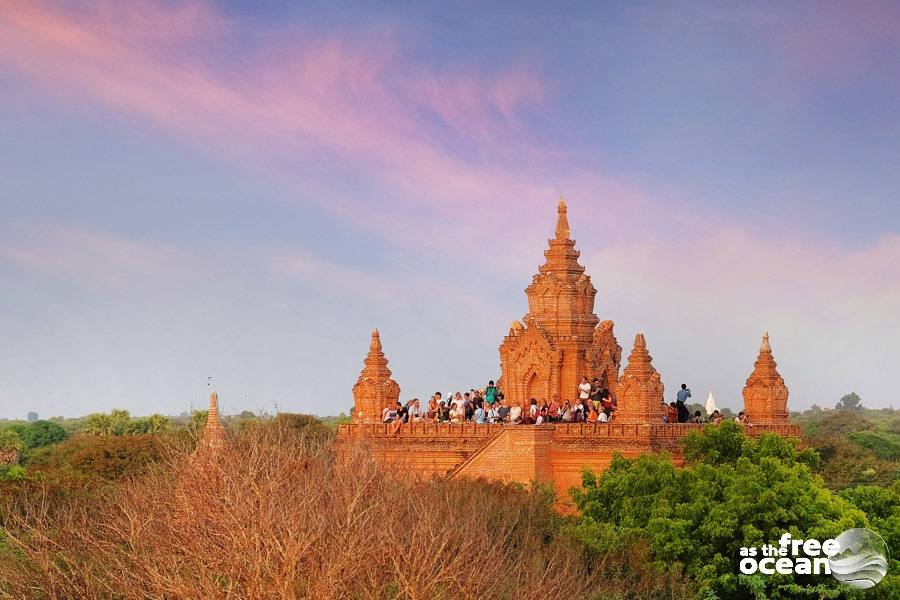
We recommend using the app Maps.Me where they are better marked, including updates on which ones are still open to tourists. There are also a few small pagodas that you can climb and finding them is not hard. The valley fills with locals in the morning that would happily show you the “secret” spots in return for a small tip.
While some people book private tours to go to the attraction points, most visitors rent electric scooters. It is definitely the fastest way to move around, leaving you the freedom to discover the surroundings without a time limit. We tried to see the area by scooter but also by bike and we can say that taking the bikes felt like the best option. Some parts are very quiet and can be explored in peace.
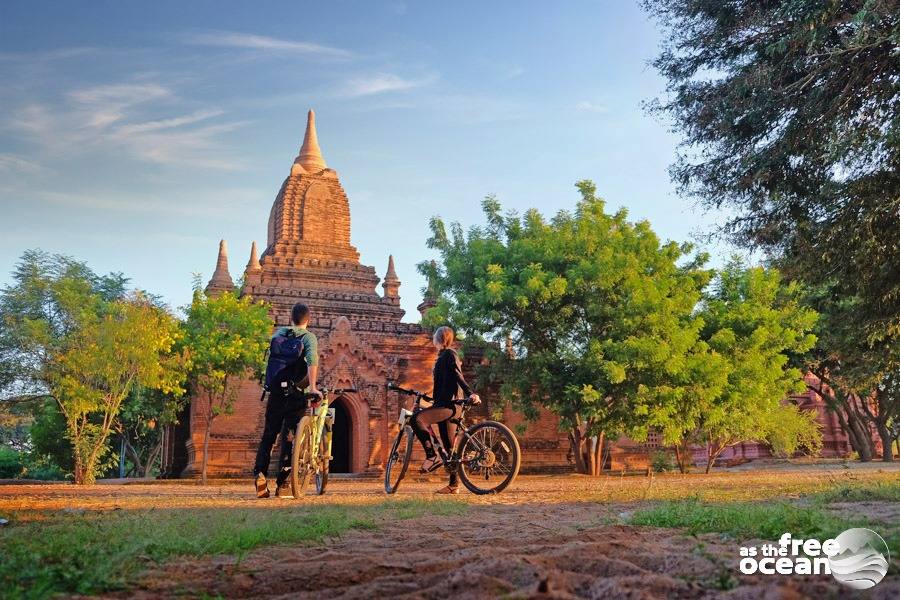
But if you still don’t feel like organizing the tour by yourself, note that you can negotiate a cheap private tour with local tuk tuk drivers that will bring you to the right spots.
We went three times to the main part of the archaeological area, the Old Bagan, which is hosting the biggest and most impressive temples. We went there on our first day to admire the sunset and three times in a row for the sunrise. The sunrise is obviously a better time to go, because of the cool air in the morning but also because only in the morning visitors can see the sky filling up with hot air balloons, which add to the magic of the moment.
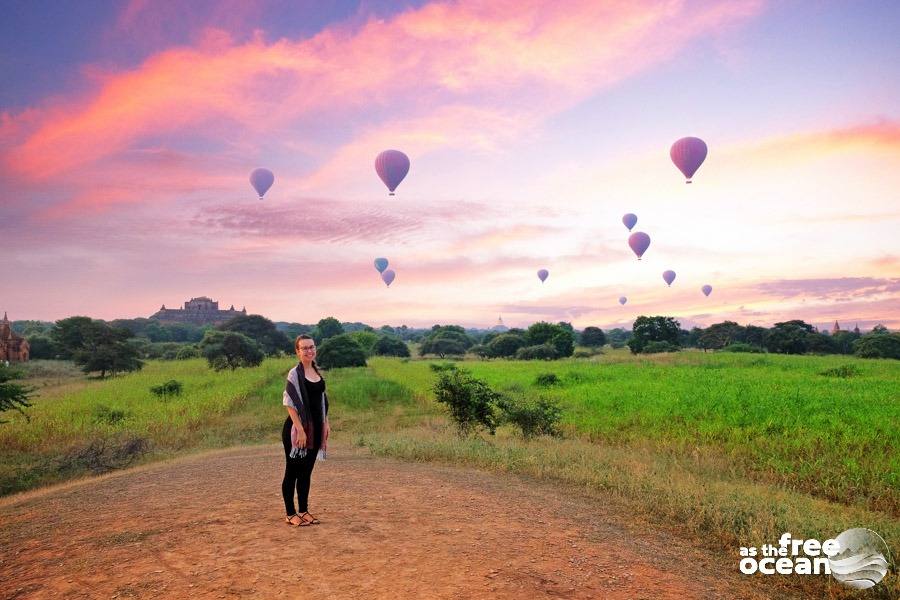
Daytrip to Mount Popa
Travelers who have a bit of extra time in Bagan can book a half-day tour to Mount Popa. The mountain hosts a large pagoda that looks beautiful from far, but while climbing the stairs of the temple to the top we found it less attractive. It felt like a very dirty place, populated by a large community of monkeys that manifest aggressive behaviors. Although some of them look cute, visitors are advised not to approach them.
Where to eat in Bagan
One of the things that you don’t need to worry about in Myanmar is finding food. And because Bagan is such a touristic destination, you will easily find many restaurants and bars everywhere. Burmese food was one of our best culinary experiences in Asia. It was cheap, the portions were always big and it tasted great. One thing to be aware of is that they like garlic, lots of it, so you might need to mention if you prefer less or none in your food. The same goes for coriander, which I unhappily discovered in my food many times, despite the efforts to avoid it.

One of our favorite dishes – seaweed salad
Bagan was on top of our wishlist before we traveled to Asia and it remained one of our most pleasant memories when we left the ancient city behind us and traveled to our last destination in the country, the city of Yangon.
See more photos from Bagan here.

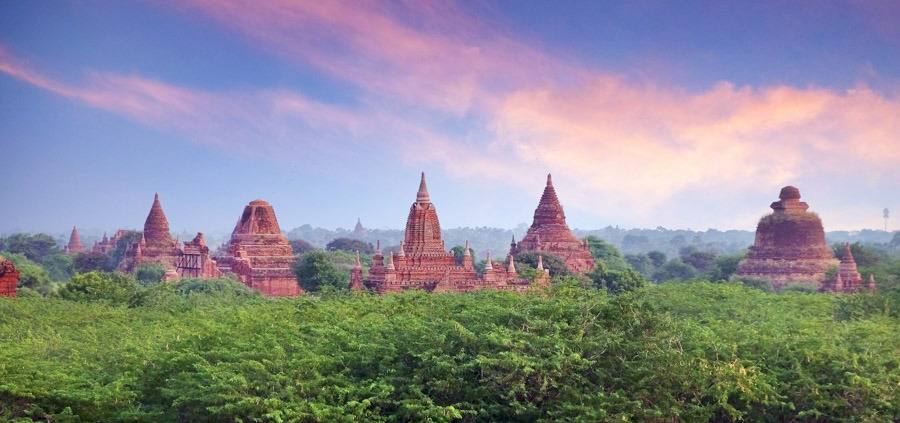
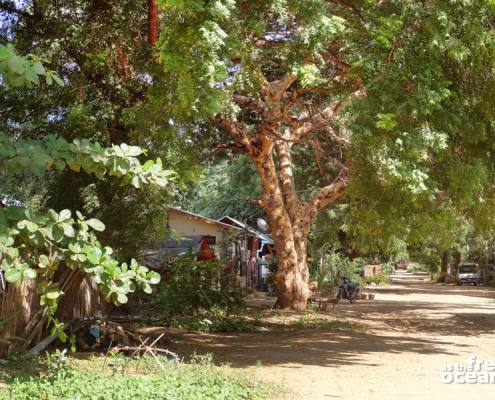
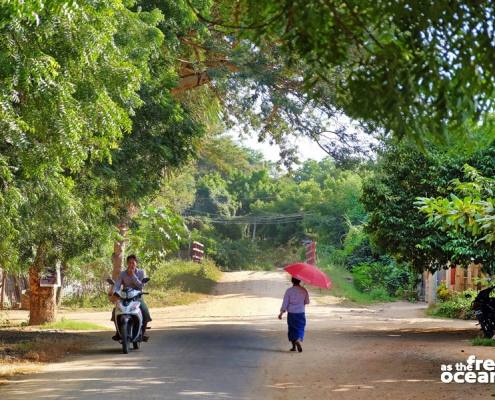
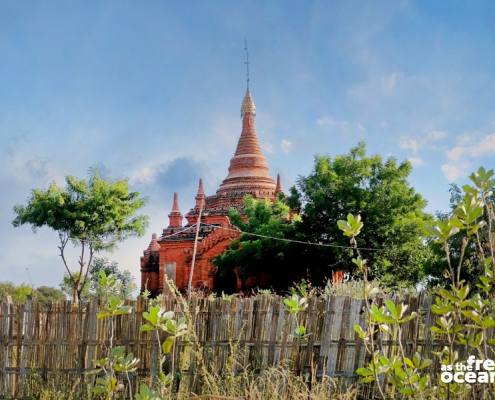
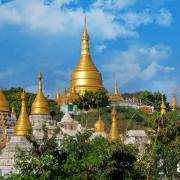
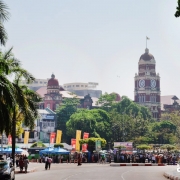


Leave a Reply
Want to join the discussion?Feel free to contribute!